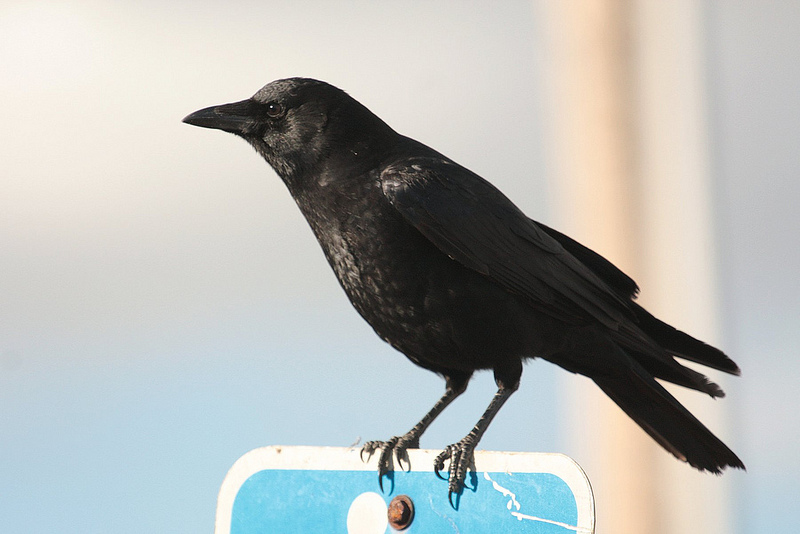In recent years it seems that far fewer songbirds are in my Berkeley neighborhood, and there are certainly many more crows. I live near the UC Berkeley campus, where extensive and ongoing construction has been the norm for several years. Is there a connection between fewer songbirds and the construction? Why so many more crows now?
We got this question from Karen Branson, and it brings up several interesting issues. Why are songbirds disappearing? Does construction play a role in songbird disappearance? And is there any connection between the decline in songbirds and the increase in crows?
We turned to Allen Fish, an expert in Bay Area birds and the longtime director of the Golden Gate Raptor Observatory for help in piecing it all together. Urban environments are often hostile places for songbirds, which have been declining generally in cities because of a host of reasons: habitat loss, human activity, window kills, cat kills, loss of insect prey, poison and pesticide use.
“So, construction as a problem for nesting songbirds? Absolutely,” he says. “Noise is a huge problem as SONG-birds need to hear each other to acomplish most aspects of reproduction, and most songbirds are pretty shy of people anyway.”
Not a big leap of reason then that all the construction around UC Berkeley could be driving out songbirds, or at least making home a much less hospitable place.
Now onto the crows. American crows are a frequent nest predator, meaning they like to dine on the eggs and nestlings of many species including sparrows, robins, jays, terns, loons, and eiders. So the crows are probably an occasional predator of songbirds, but Fish puts their impact, and that of other wild predators, at probably “tenth on my list” of factors harming the songbird population. More likely the crow population is increasing by the UC campus because it is everywhere. Crows, unlike songbirds, are one of those species that thrive in human environments.
“People, whether construction people or high-living undergrads, tend to make garbage, and that’s what brings the crows in,” Fish said. “Crows are brilliant food-finders. They learn and they remember. As we continue living in tight communities and as we leave edible waste around, we will be seeing increasing crows.”
So, that’s where we can expect things to go, unless we take steps to specifically protect songbird populations. I feel like I barely register crows anymore, they’re so ubiquitous. Actually they’re pretty amazing birds — just not the only birds you want to keep seeing.
Alison Hawkes is the online editor of Bay Nature.





